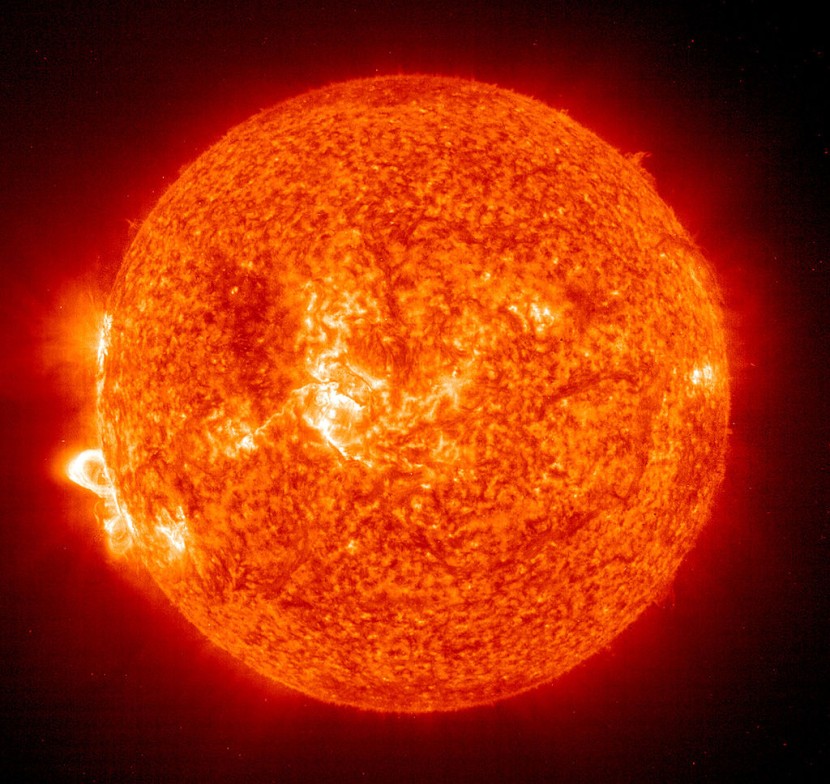
NASA revealed video footage of a "solar snake" that was captured by the Solar Orbiter spacecraft slithering across the sun's surface at roughly 380,000 miles per hour.
The streak could be seen making its way across our star's surface, starting near a bright spot found on the lower right side of the sun. The video is a time-lapse that was captured on Sept. 5 by the orbiter's Extreme Ultraviolet Imager.
Solar Snake
The solar snake took three hours to slither across the surface of the sun. Due to the sun's scorching hot temperature, all gas in its atmosphere is in a state of plasma, which is a superheated state of matter.
The solar snake was created by an interplay of plasma with the star's invisible magnetic field, which NASA has explained. The superheated state of matter responds to magnetic field lines. In a statement on Monday, The European Space Agency said that the solar snake was following a particularly long filament of the sun's magnetic field that stretched from one side to another, as per CNET.
On top of looking like a marvelous space creature, the solar snake is also of particular interest from a scientific perspective. The ESA said that what makes the incident so intriguing is that it started from a solar active region that later on erupted and ejected billions of tons of plasma into space.
The agency leads the Solar Orbiter mission in coordination with NASA and it was launched in early 2020. It kicked off a mission that sought to study the sun's mysterious polar regions and take unprecedented images of our solar system's star.
According to SciTechDaily, while in a state of plasma, the electrons leave their atoms, making it essentially a gas of charged particles. They are therefore susceptible to magnetic fields, which causes them to react the way they do.
The Sun's Magnetic Field
David Long, from the Mullard Space Science Laboratory (UCL) in the United Kingdom, who is heading up the investigation into the phenomenon, said that the change in direction of the solar snake was due to how twisted the magnetic field of the star is.
The eruption that the orbiter observed was one of the most intense solar energetic particle events that astronomers have observed so far using the spacecraft's Energetic Particle Detector (EPC). Long said that they got a nice combination of datasets that they could only get from the Solar Orbiter.
What fascinated experts more was that the plasma from the eruption, which is known as a coronal mass ejection, swept over NASA's Parker Solar Probe. It allowed the craft's instruments to measure the contents of the eruption.
The ability to observe such an eruption take place and analyze the ejected gasses is one of Solar Orbiter's principal scientific goals. The spacecraft could help scientists have a better understanding of solar activity and how it creates "space weather."
This weather is capable of disrupting satellites and other technological equipment that are found on our planet. The event also comes as the Solar Orbiter celebrated its 1,000th day in space earlier this month, the European Space Agency reported.
Related Article : Gravitational Anomalies Possess Quantum Properties that Perplexes Scientists to Its Nature
© 2025 HNGN, All rights reserved. Do not reproduce without permission.








